Exploring Dividend Policies in Large-Cap Stocks
Introduction
Large-cap companies, typically valued at $10 billion or more, are known for their financial strength and industry dominance. Many of these firms pay dividends to reward shareholders with steady income, making them attractive investments for those seeking passive earnings. However, not all large-cap stocks distribute dividends. Some prioritize reinvesting profits into expansion, acquisitions, or innovation instead of returning cash to investors. Understanding why certain companies opt out of dividend payments helps investors make informed decisions when balancing growth potential with income generation.
Factors Influencing Dividend Payments
Profitability and cash flow are primary determinants of whether a company pays dividends. Firms with stable earnings and strong cash reserves are more likely to distribute dividends consistently. Companies like Johnson & Johnson JNJ and Procter & Gamble PG maintain steady dividend payouts due to their predictable revenue streams. Industry-specific trends also play a crucial role in dividend policies. Sectors such as consumer staples and utilities tend to have higher dividend yields due to their stable demand and predictable cash flows. In contrast, technology firms often reinvest profits into research and development rather than paying dividends. For example, Apple AAPL has historically balanced dividend payments with aggressive reinvestment strategies, while companies like Verizon VZ prioritize consistent dividend distributions.
The choice between a growth-focused or income-focused business model further influences dividend payments. High-growth companies often reinvest earnings to fuel expansion, acquisitions, or innovation, reducing their likelihood of paying dividends. On the other hand, mature firms with stable operations prioritize returning profits to shareholders. Microsoft MSFT exemplifies a balanced approach, offering both dividend payouts and reinvestment in future growth.
Sources:
eFinanceManagement
Accounting Insights
Large-Cap Companies That Pay Dividends
Many large-cap companies consistently pay dividends, offering investors a reliable source of passive income. These firms have strong financials and a history of rewarding shareholders through regular payouts. Companies like Johnson & Johnson JNJ, Procter & Gamble PG, and Coca-Cola KO have maintained steady dividend distributions for decades, making them attractive choices for income-focused investors. Historical dividend performance is a key indicator of a company's financial health and commitment to shareholders.
Firms with a track record of increasing dividends demonstrate resilience and profitability. Stocks such as Microsoft MSFT and McDonald's MCD have consistently raised their payouts, reinforcing investor confidence.
Dividend-paying stocks contribute to portfolio stability by providing a steady income stream and reducing overall volatility. Investors seeking reliable returns often favor large-cap dividend stocks for their ability to generate passive earnings while maintaining growth potential. Financial sector leaders like JPMorgan Chase JPM and Bank of America BAC offer strong dividend yields backed by robust earnings.
Sources:
Dogs of the Dow
U.S. News
Large-Cap Companies That Do Not Pay Dividends
Firms in high-growth industries, such as technology and e-commerce, often retain earnings to develop new products, acquire competitors, or strengthen market positioning. Companies like Amazon AMZN and Alphabet GOOGL have historically avoided dividend payments, choosing instead to reinvest in business growth and infrastructure. Case studies of major non-dividend-paying firms highlight the advantages of reinvestment strategies. Berkshire Hathaway BRK.B, led by Warren Buffett, has never paid dividends, opting to reinvest profits into acquisitions and portfolio expansion. Similarly, Meta Platforms META avoided dividends for years before recently announcing its first payout, demonstrating how companies may shift strategies based on financial strength and shareholder expectations.
Despite not paying dividends, these companies still generate strong investor returns through capital appreciation. High-growth firms often experience significant stock price increases, rewarding shareholders through market value gains rather than direct payouts. Investors who focus on long-term growth may find non-dividend stocks appealing, as reinvested profits can lead to higher valuations and greater overall returns.
Sources:
Yahoo Finance
Dividend Power
Risks and Benefits of Dividend vs. Non-Dividend Large-Cap Stocks
Dividend-paying large-cap stocks provide stability and consistent income, making them attractive for investors seeking reliable returns. These companies, such as Johnson & Johnson JNJ and Procter & Gamble PG, offer predictable cash flow through regular dividend distributions. This steady income stream can help offset market volatility, ensuring financial security even during economic downturns. However, dividend stocks may have slower growth compared to non-dividend-paying firms. Non-dividend-paying large-cap companies focus on reinvesting earnings to drive innovation and market expansion. Firms like Amazon AMZN and Alphabet GOOGL allocate profits toward research, acquisitions, and infrastructure, leading to higher stock price appreciation over time. While these stocks do not provide immediate income, they offer significant long-term growth potential.
A mix of stable dividend payers and high-growth reinvestment-focused firms allows investors to benefit from both income generation and capital appreciation. Combining stocks like Microsoft MSFT for dividends and Tesla TSLA for growth ensures a well-rounded portfolio that mitigates risks while maximizing potential gains. Understanding the trade-offs between dividend stability and reinvestment-driven growth helps investors tailor their portfolios to align with their financial goals.
Sources:
Corporate Finance Institute
Dividends Diversify
How to Choose Between Dividend and Non-Dividend Large-Cap Stocks
Investors should analyze key metrics such as the payout ratio, dividend yield, and historical dividend growth. A low payout ratio indicates that a company retains enough earnings for reinvestment while maintaining dividend payments. Stocks like Microsoft MSFT and Visa V demonstrate sustainable dividend policies, ensuring long-term shareholder value. Firms with strong earnings stability and consistent cash flow are more likely to maintain dividends.
Companies such as Johnson & Johnson JNJ and Procter & Gamble PG have historically upheld steady dividend distributions due to their robust financial health. Conversely, firms with high debt or fluctuating revenues may struggle to sustain dividends. High-growth firms like Amazon AMZN and Alphabet GOOGL reinvest profits to fuel expansion, offering capital appreciation instead of dividends. Meanwhile, dividend stocks provide passive income and portfolio stability.
Sources:
Corporate Finance Institute
Afriquire
Conclusion
Large-cap companies vary widely in their approach to dividend payments, with some consistently rewarding shareholders through steady distributions while others reinvest profits for long-term expansion. Investors must assess a company's financial health, payout history, and growth strategies to determine the best fit for their portfolios. Dividend-paying stocks provide stability and passive income, while non-dividend stocks offer strong capital appreciation potential. By balancing these investments strategically, investors can optimize returns while managing risk, ensuring a well-diversified and resilient financial strategy for sustained growth.
Expert Analysis
Why Some Large-Cap Companies Skip Dividends
Not all large-cap companies pay dividends, and that’s not necessarily a bad thing. Firms focused on aggressive expansion often reinvest profits into innovation, acquisitions, or market expansion rather than distributing earnings to shareholders. Investors should assess whether a company’s reinvestment strategy aligns with their financial goals, as non-dividend stocks can still deliver strong returns through capital appreciation.
📌Read More About:
Top Large Cap Stocks- https://stockbossup.com/pages/topics/large-cap
What Are Large US Cap Stocks?- https://stockbossup.com/pages/post/39045/understanding-large-us-cap-stocks-and-their-market-influence
How Many Large Cap Stocks Are There?- https://stockbossup.com/pages/post/39123/how-many-large-cap-stocks-exist-market-trends-and-investment-insights
Best Large Cap Dividend Stocks- https://stockbossup.com/pages/post/39150/top-large-cap-dividend-stocks-for-long-term-growth-and-stability
Big Dividend Stocks- https://stockbossup.com/pages/post/38756/big-dividend-stocks


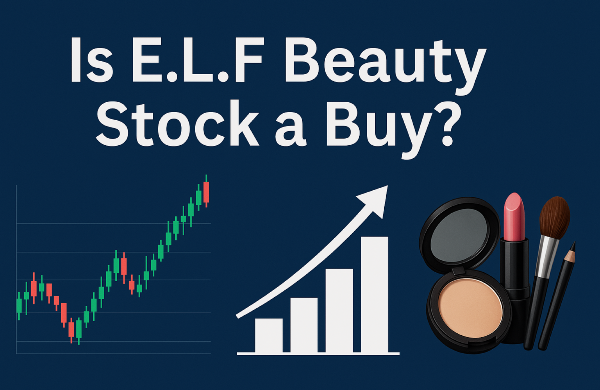
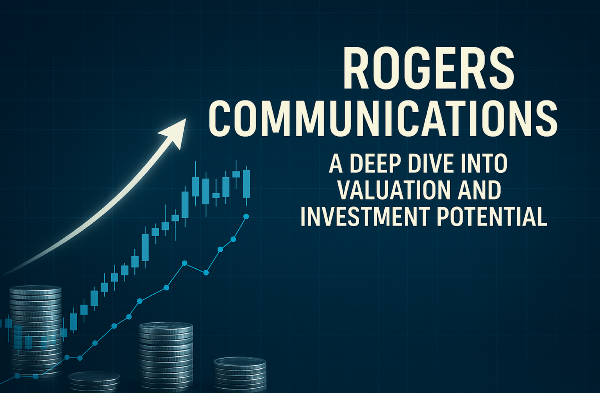
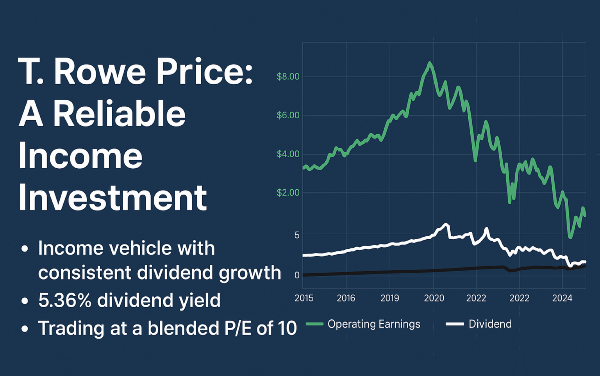
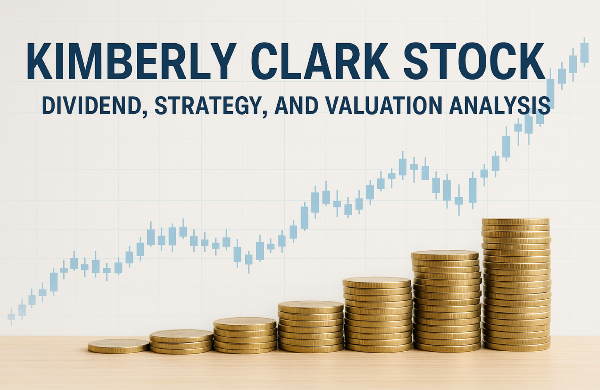

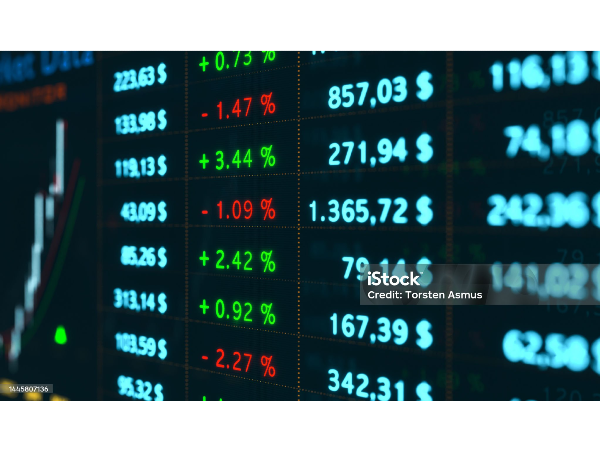


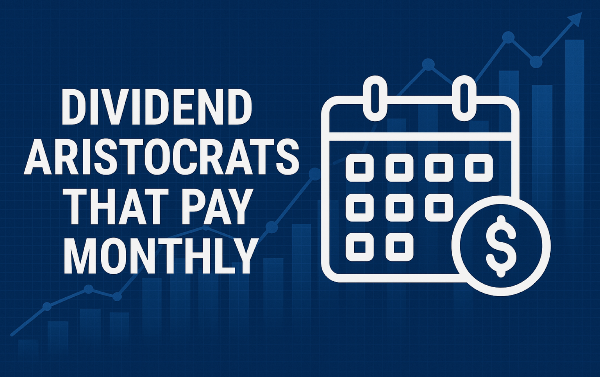
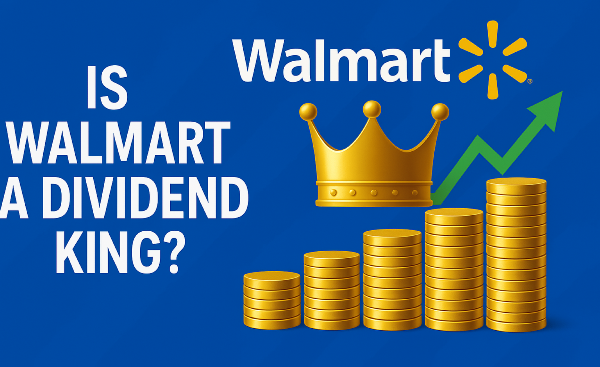

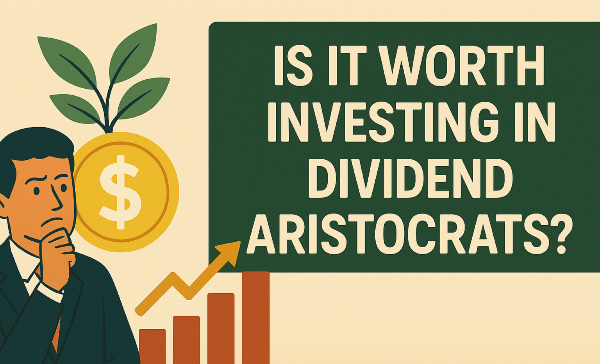
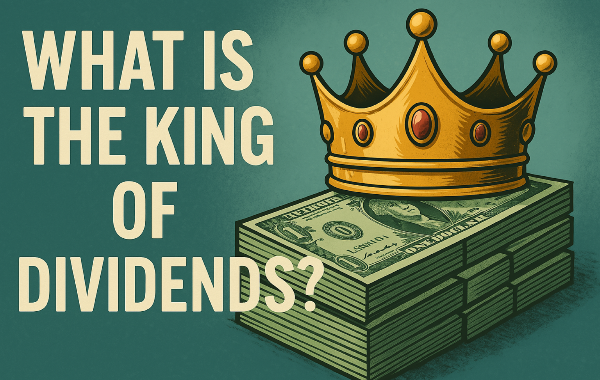
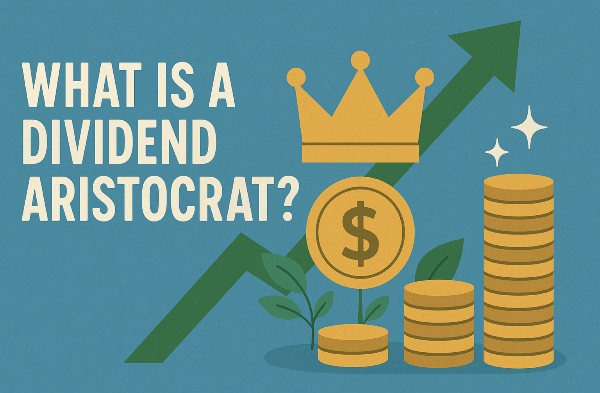
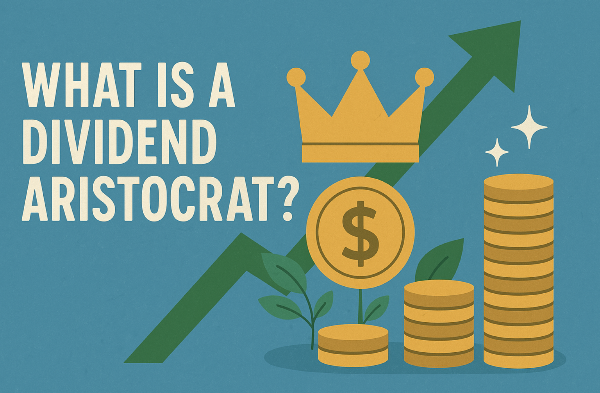
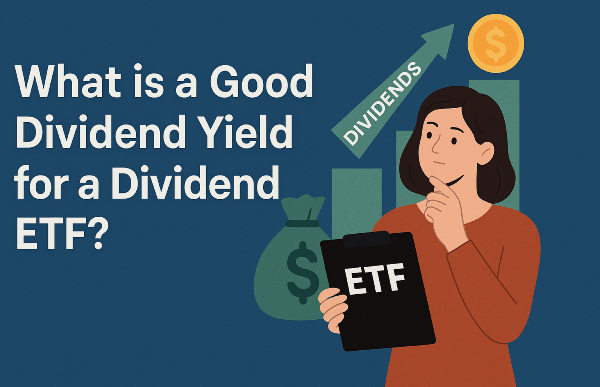
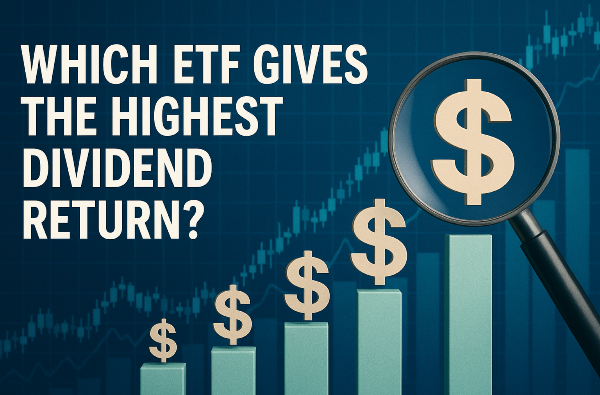


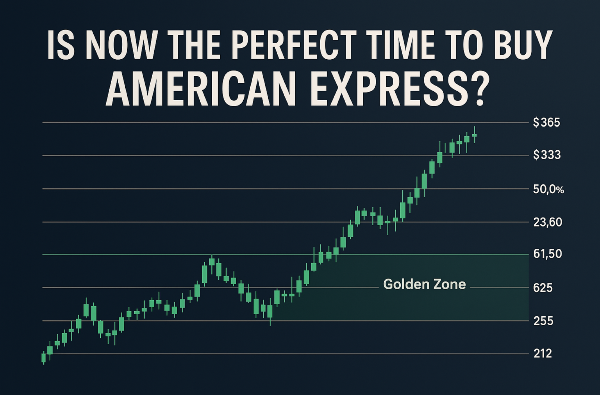








Exploring Dividend Policies in Large-Cap Stocks
Introduction
Large-cap companies, typically valued at $10 billion or more, are known for their financial strength and industry dominance. Many of these firms pay dividends to reward shareholders with steady income, making them attractive investments for those seeking passive earnings. However, not all large-cap stocks distribute dividends. Some prioritize reinvesting profits into expansion, acquisitions, or innovation instead of returning cash to investors. Understanding why certain companies opt out of dividend payments helps investors make informed decisions when balancing growth potential with income generation.
Factors Influencing Dividend Payments
Profitability and cash flow are primary determinants of whether a company pays dividends. Firms with stable earnings and strong cash reserves are more likely to distribute dividends consistently. Companies like Johnson & Johnson JNJ and Procter & Gamble PG maintain steady dividend payouts due to their predictable revenue streams. Industry-specific trends also play a crucial role in dividend policies. Sectors such as consumer staples and utilities tend to have higher dividend yields due to their stable demand and predictable cash flows. In contrast, technology firms often reinvest profits into research and development rather than paying dividends. For example, Apple AAPL has historically balanced dividend payments with aggressive reinvestment strategies, while companies like Verizon VZ prioritize consistent dividend distributions.
The choice between a growth-focused or income-focused business model further influences dividend payments. High-growth companies often reinvest earnings to fuel expansion, acquisitions, or innovation, reducing their likelihood of paying dividends. On the other hand, mature firms with stable operations prioritize returning profits to shareholders. Microsoft MSFT exemplifies a balanced approach, offering both dividend payouts and reinvestment in future growth.
Sources:
eFinanceManagement Accounting Insights
Large-Cap Companies That Pay Dividends
Many large-cap companies consistently pay dividends, offering investors a reliable source of passive income. These firms have strong financials and a history of rewarding shareholders through regular payouts. Companies like Johnson & Johnson JNJ, Procter & Gamble PG, and Coca-Cola KO have maintained steady dividend distributions for decades, making them attractive choices for income-focused investors. Historical dividend performance is a key indicator of a company's financial health and commitment to shareholders. Firms with a track record of increasing dividends demonstrate resilience and profitability. Stocks such as Microsoft MSFT and McDonald's MCD have consistently raised their payouts, reinforcing investor confidence.
Dividend-paying stocks contribute to portfolio stability by providing a steady income stream and reducing overall volatility. Investors seeking reliable returns often favor large-cap dividend stocks for their ability to generate passive earnings while maintaining growth potential. Financial sector leaders like JPMorgan Chase JPM and Bank of America BAC offer strong dividend yields backed by robust earnings.
Sources:
Dogs of the Dow U.S. News
Large-Cap Companies That Do Not Pay Dividends
Firms in high-growth industries, such as technology and e-commerce, often retain earnings to develop new products, acquire competitors, or strengthen market positioning. Companies like Amazon AMZN and Alphabet GOOGL have historically avoided dividend payments, choosing instead to reinvest in business growth and infrastructure. Case studies of major non-dividend-paying firms highlight the advantages of reinvestment strategies. Berkshire Hathaway BRK.B, led by Warren Buffett, has never paid dividends, opting to reinvest profits into acquisitions and portfolio expansion. Similarly, Meta Platforms META avoided dividends for years before recently announcing its first payout, demonstrating how companies may shift strategies based on financial strength and shareholder expectations.
Despite not paying dividends, these companies still generate strong investor returns through capital appreciation. High-growth firms often experience significant stock price increases, rewarding shareholders through market value gains rather than direct payouts. Investors who focus on long-term growth may find non-dividend stocks appealing, as reinvested profits can lead to higher valuations and greater overall returns.
Sources:
Yahoo Finance Dividend Power
Risks and Benefits of Dividend vs. Non-Dividend Large-Cap Stocks
Dividend-paying large-cap stocks provide stability and consistent income, making them attractive for investors seeking reliable returns. These companies, such as Johnson & Johnson JNJ and Procter & Gamble PG, offer predictable cash flow through regular dividend distributions. This steady income stream can help offset market volatility, ensuring financial security even during economic downturns. However, dividend stocks may have slower growth compared to non-dividend-paying firms. Non-dividend-paying large-cap companies focus on reinvesting earnings to drive innovation and market expansion. Firms like Amazon AMZN and Alphabet GOOGL allocate profits toward research, acquisitions, and infrastructure, leading to higher stock price appreciation over time. While these stocks do not provide immediate income, they offer significant long-term growth potential.
A mix of stable dividend payers and high-growth reinvestment-focused firms allows investors to benefit from both income generation and capital appreciation. Combining stocks like Microsoft MSFT for dividends and Tesla TSLA for growth ensures a well-rounded portfolio that mitigates risks while maximizing potential gains. Understanding the trade-offs between dividend stability and reinvestment-driven growth helps investors tailor their portfolios to align with their financial goals.
Sources:
Corporate Finance Institute Dividends Diversify
How to Choose Between Dividend and Non-Dividend Large-Cap Stocks
Investors should analyze key metrics such as the payout ratio, dividend yield, and historical dividend growth. A low payout ratio indicates that a company retains enough earnings for reinvestment while maintaining dividend payments. Stocks like Microsoft MSFT and Visa V demonstrate sustainable dividend policies, ensuring long-term shareholder value. Firms with strong earnings stability and consistent cash flow are more likely to maintain dividends.
Companies such as Johnson & Johnson JNJ and Procter & Gamble PG have historically upheld steady dividend distributions due to their robust financial health. Conversely, firms with high debt or fluctuating revenues may struggle to sustain dividends. High-growth firms like Amazon AMZN and Alphabet GOOGL reinvest profits to fuel expansion, offering capital appreciation instead of dividends. Meanwhile, dividend stocks provide passive income and portfolio stability.
Sources:
Corporate Finance Institute Afriquire
Conclusion
Large-cap companies vary widely in their approach to dividend payments, with some consistently rewarding shareholders through steady distributions while others reinvest profits for long-term expansion. Investors must assess a company's financial health, payout history, and growth strategies to determine the best fit for their portfolios. Dividend-paying stocks provide stability and passive income, while non-dividend stocks offer strong capital appreciation potential. By balancing these investments strategically, investors can optimize returns while managing risk, ensuring a well-diversified and resilient financial strategy for sustained growth.
Expert Analysis
Why Some Large-Cap Companies Skip Dividends
Not all large-cap companies pay dividends, and that’s not necessarily a bad thing. Firms focused on aggressive expansion often reinvest profits into innovation, acquisitions, or market expansion rather than distributing earnings to shareholders. Investors should assess whether a company’s reinvestment strategy aligns with their financial goals, as non-dividend stocks can still deliver strong returns through capital appreciation.
📌Read More About:
Top Large Cap Stocks- https://stockbossup.com/pages/topics/large-cap
What Are Large US Cap Stocks?- https://stockbossup.com/pages/post/39045/understanding-large-us-cap-stocks-and-their-market-influence
How Many Large Cap Stocks Are There?- https://stockbossup.com/pages/post/39123/how-many-large-cap-stocks-exist-market-trends-and-investment-insights
Best Large Cap Dividend Stocks- https://stockbossup.com/pages/post/39150/top-large-cap-dividend-stocks-for-long-term-growth-and-stability
Big Dividend Stocks- https://stockbossup.com/pages/post/38756/big-dividend-stocks